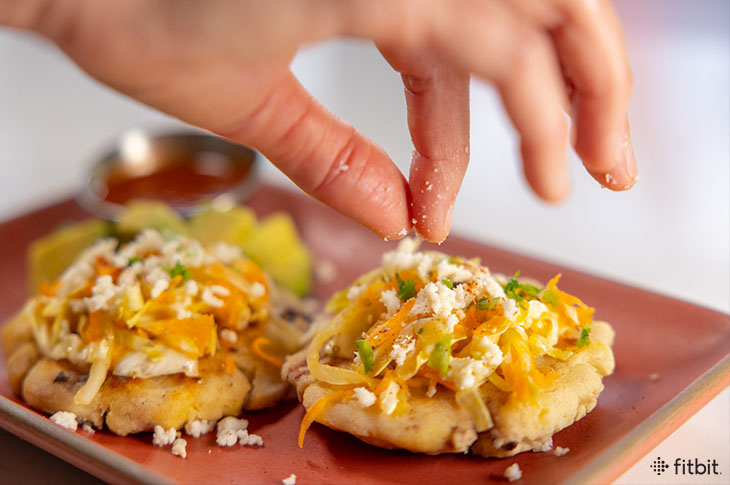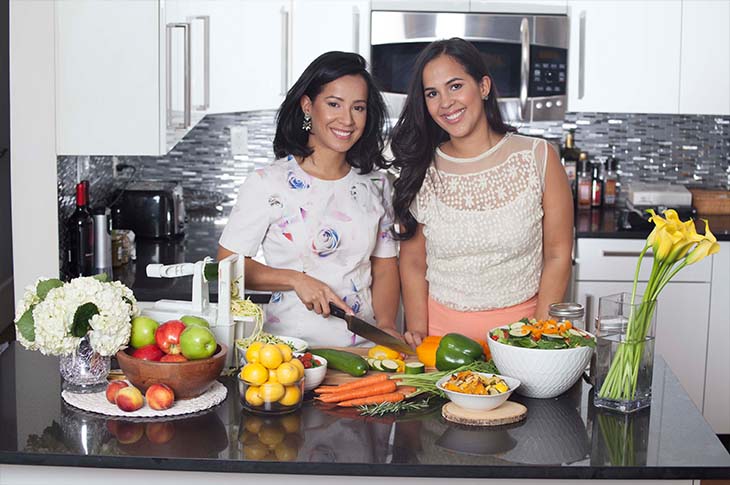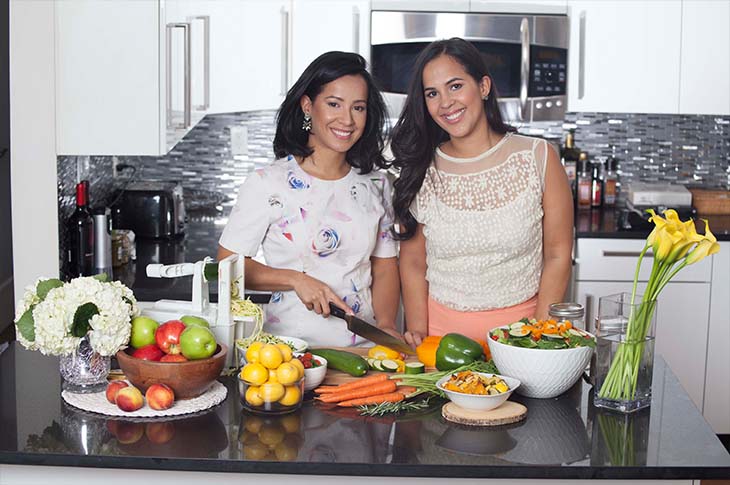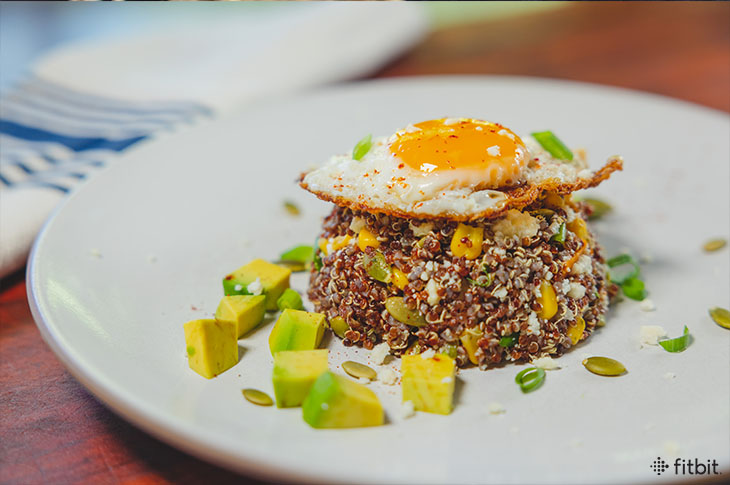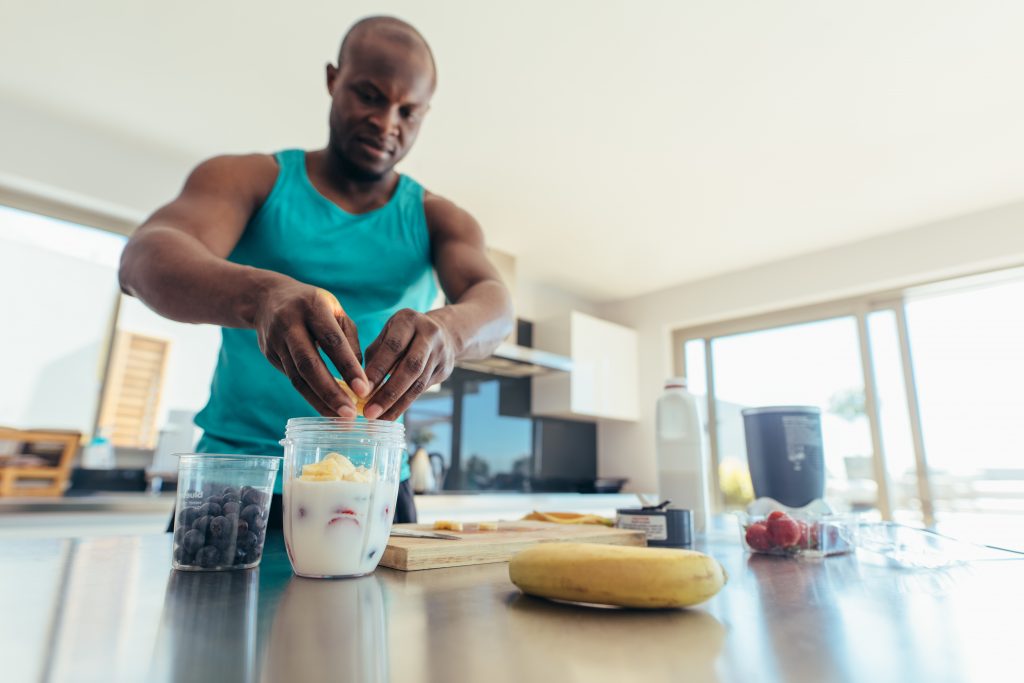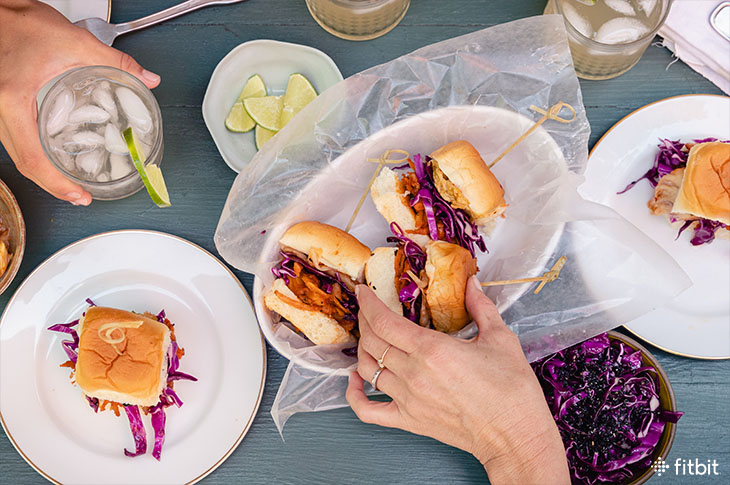
Sleep is an essential bodily process, and ensuring that you get enough of your nightly Zzz’s can do wonders for your health, mood, and general wellbeing. It has a therapeutic function for your body and mind and primes you to be alert and ready to tackle the day ahead.
So in this busy world, prioritizing sleep may be just as important as moving your body and eating a nutritious diet. Increasing evidence highlights that a poor night’s sleep can affect our mood, immune system, physical health, appetite, and body weight.
There is reason to believe that a lack of sleep can also impact the foods we choose and our biological drivers to eat. Have you ever noticed a change in your appetite after a poor night’s sleep? Or perhaps you find yourself reaching for crisps or candy when you’re tired? Well, there’s a physiological explanation for these phenomena.
Evidence shows that a lack of sleep leads to a desire for more unhealthy food and can increase our cravings for sweet foods. This is mediated by our appetite-regulating hormones—ghrelin and leptin. Ghrelin, aka the “hunger hormone”, is mainly produced in the stomach and its function is to stimulate appetite and promote fat storage. Meanwhile, leptin is often referred to as the “satiety hormone”; its role is to suppress hunger and manage energy balance.
Poor sleep can play havoc on both ghrelin and leptin. The dysregulation of these hormones appears to be directly linked to sleep deprivation as ghrelin is amplified, and leptin is reduced. This is a recipe for a bigger appetite, which can ultimately lead to food-seeking behaviors. A study from Science Daily confirms this outcome where sleep-deprived participants tend to consume more calories than their well-rested counterparts.
The interplay between ghrelin and leptin is in a constant state of flux. This may explain why our appetite changes during the day. Yet the research shows that when ghrelin increases and leptin decreases, our appetite is stimulated. Plus, it is often high-calorie foods that we desire, not only because they boost our energy supplies but because our ability to make healthier food choices is impacted by poor sleep. So there’s more to it than just exercising willpower.
Alarmingly, one of the most notable risk factors for obesity is short sleep duration. Some research indicates that sleep-deprived people are much more likely to develop obesity than those who have adequate sleep. Hormones likely mediate this effect. Plus, when we are awake for longer, we have a greater opportunity to eat. And when we are tired, we’re less likely to exercise. It’s a triple whammy effect!
Further, there is research indicating that poor sleep can affect blood sugar metabolism and increase insulin resistance. Both of these factors can lead to diabetes. Short periods of sleep deprivation in healthy individuals can trigger prediabetes. There’s no denying it, sleep is a key pillar of metabolic health.
Now the question beckons, can you trick your mind to combat sleep-induced hunger? In part, yes. Some key strategies include opting for protein and fiber-rich foods as these nutrients help keep us fuller for longer. Think eggs, nuts, seeds, fruit with yogurt, whole grain toast, and legumes. Plus, stay well hydrated. We often confuse the feeling of thirst for hunger, so opt for a glass of water as a starting point if you feel an unexpected hunger pang taking hold. But if there’s no way of circumnavigating a particular craving, then it’s OK to indulge it. Choosing one sweet biscuit instead of the whole packet, or eating a couple of squares of chocolate rather than the entire block, is always going to be a better option.
So how can you get more and better quality sleep? Following a nightly routine is highly recommended. After all, your body’s natural rhythm follows a clock—aptly named the body clock. So going to bed at the same time each night and waking up at the same time each morning helps reinforce the circadian rhythm.
Tracking your sleep can also be helpful. Did you know that you can set sleep goals and create a sleep schedule complete with bedtimes and wake-up target times with your Fitbit device? It’s true—just wear your Fitbit device to sleep and it’ll record your sleep trends throughout the night. Then you can view graphs of your sleep in the Fitbit app to analyze your unique trends and discover potential changes you can make to help you get more Zzz’s.
Additionally, avoiding coffee and other caffeinated drinks too late in the day is best practice. Caffeine can disrupt sleep as it acts as a stimulant. Its modus operandi is to block the adenosine receptor in the brain. Adenosine helps to promote sleepiness.
The amount and quality of our sleep can profoundly impact our lives and affect almost every system in the body. After all, it is one of the key pillars of health. So, the benefits of sleep cannot be understated. Ensuring you get enough sleep should be of utmost importance. Seven to nine hours is the gold standard. Hit that range nightly, and your waistline, brain, and immune system will thank you for it.
The post Hungrier than Usual? Your Sleep Routine May Be the Reason Why appeared first on Fitbit Blog.
source https://blog.fitbit.com/how-sleep-affects-nutrition/

